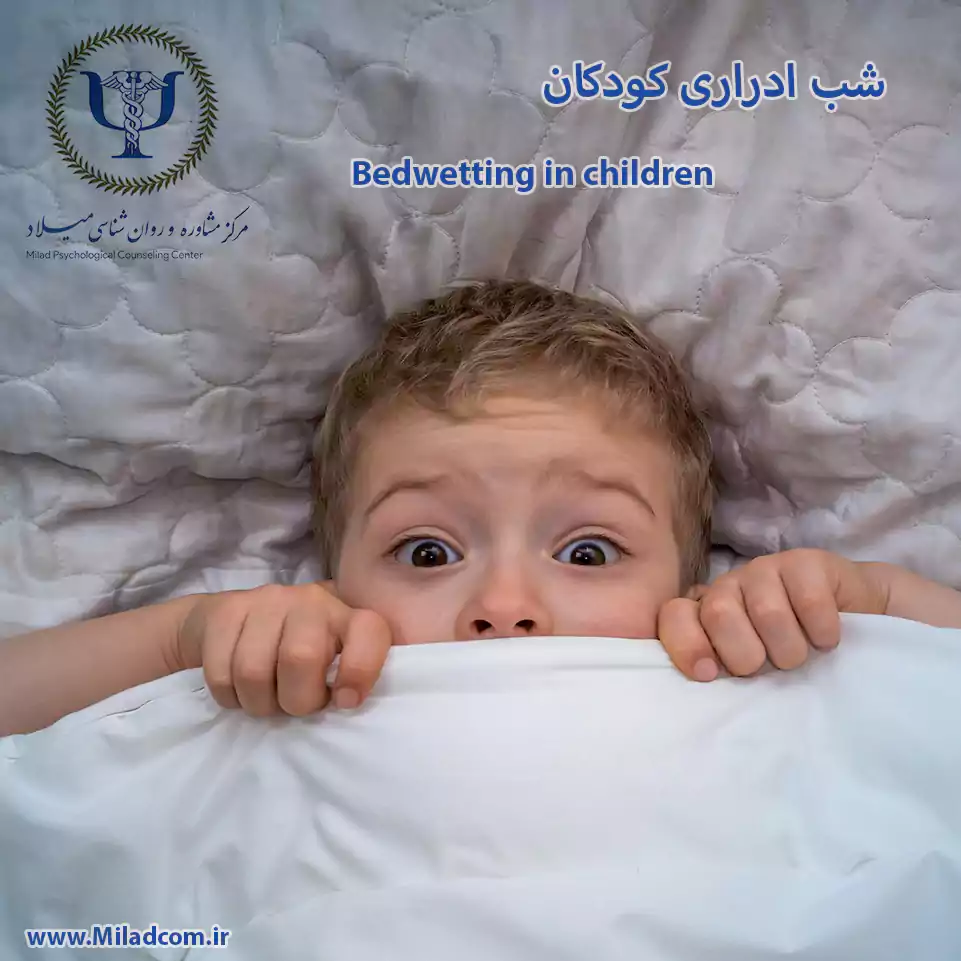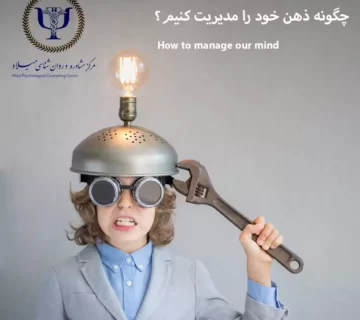شب ادراری یا شب ادراری شبانه (Enuresis) یک اختلال شایع در کودکان است که در آن کودک پس از سن 5 سالگی، حداقل یک بار در هفته، در رختخواب خود ادرار می کند.
علل شب ادراری
علل شب ادراری در کودکان هنوز به طور کامل مشخص نیست، اما عوامل مختلفی در آن دخیل هستند، از جمله:
- عوامل ژنتیکی: شب ادراری در خانواده ها ارثی است. اگر یکی از والدین سابقه شب ادراری داشته باشد، احتمال اینکه کودک نیز دچار این اختلال شود، بیشتر است.
- عوامل هورمونی: هورمون های ضد ادرار در شب ادراری نقش دارند. این هورمون ها در شب تولید می شوند و به جلوگیری از ادرار کردن در خواب کمک می کنند. در کودکان مبتلا به شب ادراری، ممکن است تولید این هورمون ها به اندازه کافی نباشد.
- عوامل روانی: استرس، اضطراب یا ترس می تواند باعث شب ادراری شود.
- اختلالات خواب: اختلالات خواب مانند آپنه خواب یا سندرم پای بیقرار می توانند باعث شب ادراری شوند.
- اختلالات پزشکی: برخی از اختلالات پزشکی مانند عفونت مجاری ادراری، دیابت یا بیماری های کلیوی می توانند باعث شب ادراری شوند.
علائم شب ادراری
علائم شب ادراری عبارتند از:
- ادرار کردن در رختخواب حداقل یک بار در هفته
- سن کودک حداقل 5 سال باشد
درمان شب ادراری
درمان شب ادراری معمولاً به سن کودک، شدت اختلال و علل زمینه ای آن بستگی دارد. برخی از روش های درمانی شب ادراری عبارتند از:
- روش های رفتاری: این روش ها به کودک کمک می کنند تا ادرار کردن در شب را کنترل کند. برخی از روش های رفتاری عبارتند از:
- زنگ هشدار خواب: این روش شامل استفاده از زنگ هشدار برای بیدار کردن کودک در هنگام ادرار کردن است.
- جدول پاداش: این روش شامل دادن پاداش به کودک برای خشک ماندن در شب است.
- دارو درمانی: داروهای ضد ادرار می توانند به کاهش تولید ادرار در شب کمک کنند.
- درمان های پزشکی: اگر شب ادراری ناشی از یک اختلال پزشکی باشد، درمان اختلال پزشکی ممکن است به رفع شب ادراری کمک کند.
نکاتی برای والدین کودکان مبتلا به شب ادراری
در اینجا چند نکته برای والدین کودکان مبتلا به شب ادراری آورده شده است:
- با کودک خود در مورد شب ادراری صحبت کنید. به او اطمینان دهید که این یک مشکل شایع است و می توان آن را درمان کرد.
- از کودک خود انتظار نداشته باشید که بلافاصله خشک بماند. بهبودی ممکن است زمان ببرد.
- با کودک خود صبور باشید. شب ادراری می تواند برای کودک شما ناراحت کننده باشد.
- اگر کودک شما نسبت به شب ادراری خود احساس شرم یا خجالت می کند، با او در مورد احساساتش صحبت کنید. به او کمک کنید تا با این احساسات کنار بیاید.
هشتگ ها:
- #شب_ادراری
- #شب_ادراری_شبانه
- #کودکان
- #اختلال
- #درمان
- #سلامت
Title: Children’s Bedwetting: Causes, Symptoms, and Treatment Introduction: Welcome to an informative blog post dedicated to understanding and unraveling the mysteries behind the nocturnal enigma of children’s bedwetting. This comprehensive article aims to shed light on the underlying causes, recognizable symptoms, and effective treatments for this common childhood issue. Join us as we embark on a captivating journey into the world of pediatric nocturnal enuresis, exploring its unique features, potential benefits, and the invaluable knowledge it brings to parents and caregivers alike. 1. Unveiling the Reasons: 1.1 Biological Factors: Explore the physiological aspects, such as delayed bladder maturation or hormonal imbalance that contribute to bedwetting in children. 1.2 Emotional Triggers: Delve into the psychological elements, including anxiety or stress, that can impact a child’s nocturnal continence. 1.3 Genetics and Family History: Discover the role of hereditary factors and familial patterns in bedwetting, unraveling potential predispositions. 2. Decoding the Symptoms: 2.1 Frequency and Severity: Learn how often bedwetting occurs, and differentiate between occasional episodes and chronic enuresis. 2.2 Age Appropriateness: Understand the age range during which bedwetting is considered normal versus when it may warrant further investigation. 2.3 Emotional and Psychological Impact: Uncover the potential consequences of bedwetting on a child’s self-esteem, social interactions, and overall emotional well-being. 3. Effective Treatment Approaches: 3.1 Behavioral Strategies: Discover practical tips, such as nighttime routines, limiting liquids before bed, and implementing positive reinforcement techniques. 3.2 Medical Interventions: Explore medications or bedwetting alarms that can assist in managing and resolving enuresis, while understanding their benefits and potential side effects. 3.3 Emotional Support: Emphasize the importance of fostering a supportive environment, reassuring children and building their confidence through understanding and empathy. 4. The Value of Knowledge: By diving into this comprehensive examination of pediatric bedwetting, you will obtain a wealth of knowledge useful for every parent and caregiver. – Empowerment: Gain a deeper understanding of your child’s unique situation, providing you with the tools to tackle bedwetting confidently. – Peace of Mind: Discovering the commonality of bedwetting will assure you that you are not alone in this journey, and there are numerous resources and professionals ready to help. – Enhanced Parent-Child Bond: Uncovering the underlying causes and effective treatments will allow for open conversations with your child, ultimately fostering trust and strengthening your relationship. Conclusion: With a mix of science, compassion, and practical advice, this captivating post on children’s bedwetting invites you to unravel the mysteries surrounding this common yet perplexing phenomenon. Armed with knowledge and supported by a community of parents and experts, you can confidently address the underlying causes, recognize the symptoms, and implement effective treatment strategies. Let this exploration into pediatric bedwetting empower you on your journey towards dry nights and happier, more confident children. Get ready to dive into this illuminating world of pediatric bedwetting and say goodbye to the damp sheets and embrace the brighter, drier nights ahead. [End of the description]




بدون دیدگاه